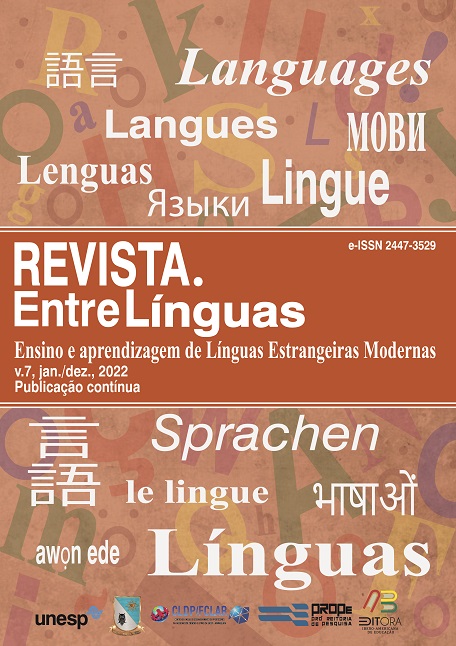Based on teaching materials woman figure in the turkish poetry
DOI:
https://doi.org/10.29051/el.v8i00.17471Keywords:
Turkish poetry, Teaching materials, Turkish cultureAbstract
In Turkish poetry, the figure of women is important in university curricula. The images of women in the examples shown to students in the taught literary texts are also important in mastering the subject. Since ancient times, woman figure has been one of the most widely used figures in the Turkish literature. We meet women as a lover, a mother and a sister in the works of poets and writers for centuries. In classical poetry, the woman figure has been developed more as a symbol of beauty. When describing the beauty of a woman, the representatives of the Divan literature compared it with the beauties of nature and often equated them with various elements of nature. The value given to women began to change over the period of Turkish literature formed under the influence of the West. Poets and writers are already expressing their views on the role of women in social life and address the problems faced by women.
Downloads
References
BOLUKBAŞI, R. T. Serâb-ı Ömrüm and Other Poems. Istanbul: Bookstore, 2005.
FIKRET, T. Selected poems. Baku: Azərnəşr, 1969.
GARBUZOVA, V. S. Poeti Turtsi XIX veka. Leninqrad, 1970.
HAŞİM, A. All His Poems. Piyale, Lake Hours, Other Poems, Jun. İnci Enginün, Zeynep Kerman. Istanbul: Dergah Publications, 2010.
KABAKLI, A. Turkish literature. Istanbul: MEB 1994.
KAFESOGLU, I. Turkish National Culture. Istanbul: Ötüken publications, 2017.
KAPLAN, M. Tevfik Fikretş.Turkish greats series. Ankara, Selections from the Nedim Divan. Istanbul, 1981.
RECAIZADE M. E. All His Works II, MEB Publications, Jun. İsmail Parlatır, Nurullah Cetin, Hakan Sazyek, Istanbul, 1997.
SHAHABEDDIN, C. All Poems of Cenab Şahabeddin. İstanbul: İstanbul Literature Faculty Publications, 1984.
TARHAN, A. H. All His Poems 1, Makber, Dead, Hacle, A Voice from Bala, Validem. Istanbul: Dergah Publications, 1997.
TEVFIK, R. Abdullah Uçman, Turkish greats series. Ankara, 1986.
Published
How to Cite
Issue
Section
License

This work is licensed under a Creative Commons Attribution-NonCommercial-ShareAlike 4.0 International License.
Os manuscritos aceitos e publicados são de propriedade da Revista EntreLínguas. Os artigos publicados e as referências citadas na Revista EntreLínguas são de inteira responsabilidade de seus autores.
Transferência de direitos autorais – autorização para publicação
Caso o artigo submetido seja aprovado para publicação, já fica acordado que o(s) autor(es) autoriza(m) a UNESP a reproduzi-lo e publicá-lo na EntreLínguas, entendendo-se os termos “reprodução” e “publicação” conforme definição respectivamente dos incisos VI e I do artigo 5° da Lei 9610/98. O artigo poderá ser acessado pela rede mundial de computadores (Internet), sendo permitidas, a título gratuito, a consulta e a reprodução de exemplar do artigo para uso próprio de quem a consulta, desde que haja a citação ao texto consultado. Essa autorização de publicação 328 EntreLínguas, Araraquara, v. 1, n .2, p. 323-328, jul./dez. 2015 não tem limitação de tempo, ficando a UNESP responsável pela manutenção da identificação do(s) autor(es) do artigo. Os artigos publicados e as referências citadas na Revista EntreLínguas são de inteira responsabilidade de seus autores.











